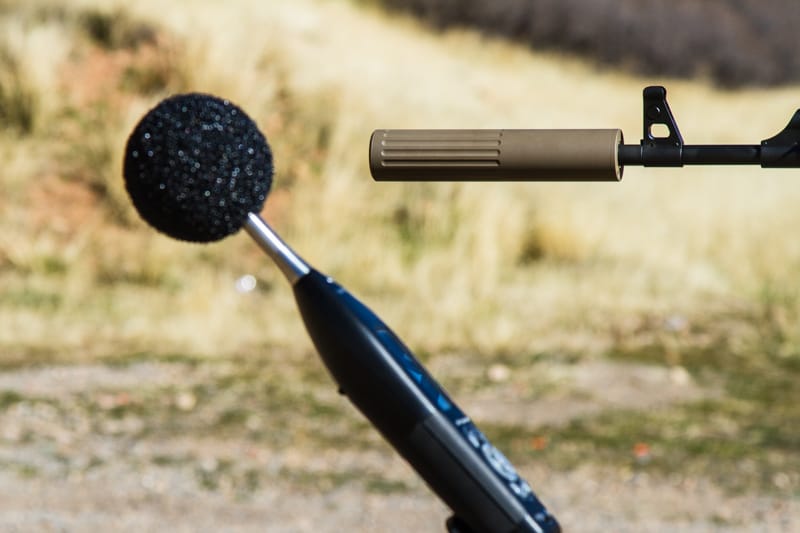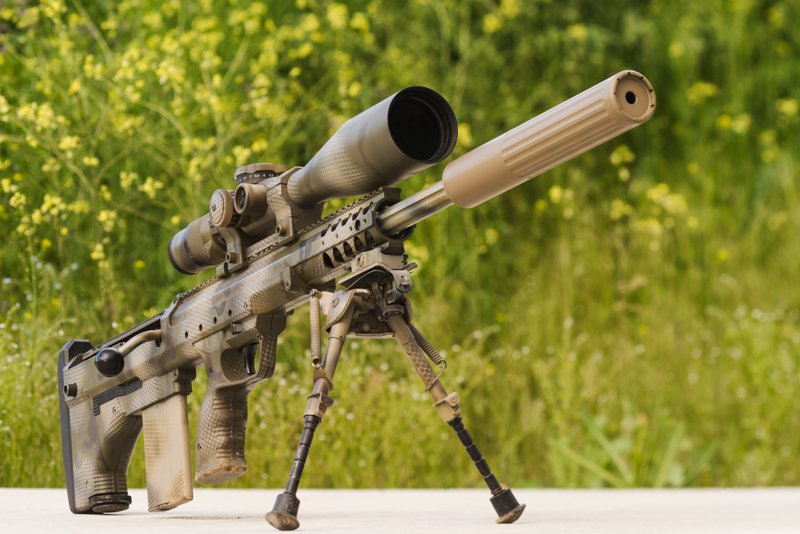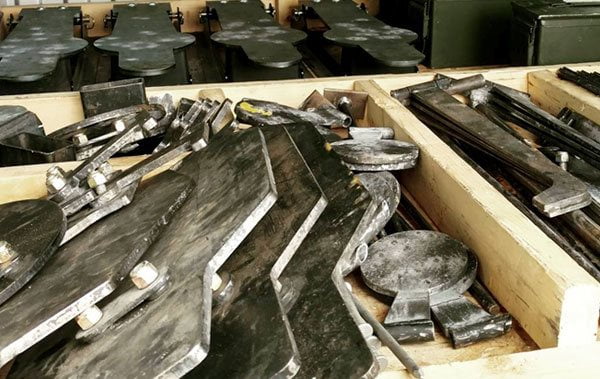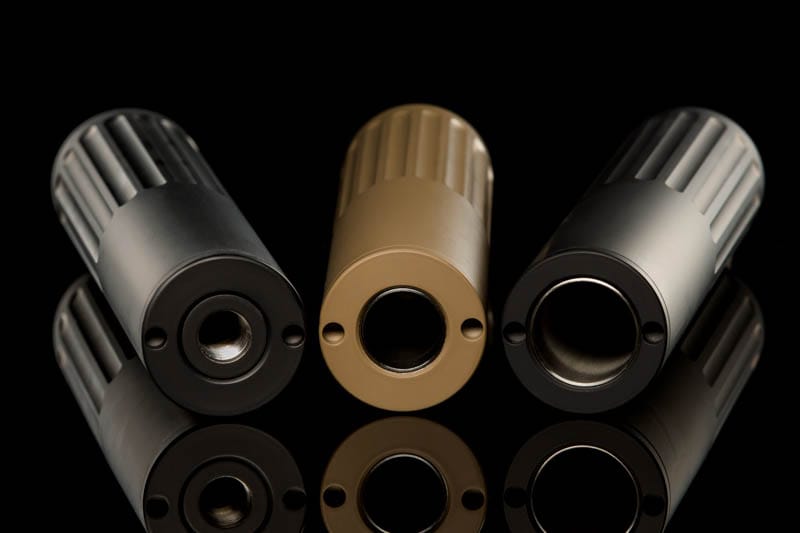Suppressors give hot gases a place to expand and cool. As a result, the suppressors themselves tend to get very hot. If you’re shooting at a high rate or on full auto, it doesn’t take a whole lot to make your suppressor too hot to touch or put back into your range bag.
So, now that you have a hot piece of steel hanging on the end of your rifle, what do you do with it? The simplest answer is… nothing. Just put it aside and let it cool. This should be the end of the article, but there may be times when you’re forced through circumstances to handle a hot suppressor.
In these cases, there are a few accessories that can help.
Oven Mitts
There are a lot of people who use oven mitts to handle hot suppressors, and they work fine to a point. Since you can use a mitt to pull a baking tray out of a 475-degree oven, it stands to reason that you could use it to handle your suppressor. However, if you heat your can up to 700-degrees or more, these may no longer be a good idea.
Welding Gloves
The safest and easiest way to handle a scalding hot suppressor is with a welding glove. They’re reasonably cheap, and they’re specifically designed to protect your hands from red-hot metal while you’re welding. This is what we use when we’re doing destructive testing and have to deal with truly hot suppressors.
Welding Blankets
Another handy accessory is a welding blanket. These are very inexpensive, available in a wide range of sizes, and designed to protect you from 1800F dripping metal. If welding gloves are oven mitts on steroids, then the welding blanket is a beefed up hot pad.
Whatever you do, do not try to cool your suppressor by dipping it in water or pouring water on it. We’ve seen several people try to speed up the cooling of their suppressor by dipping it in water or pouring water on their can, and it’s always ended badly.
Materials expand as they heat up, and this applies to both the suppressor and the barrel. So, if you cool the suppressor faster than the barrel, its materials will contract and it will grip the barrel hard enough that you may not even be able to remove it with a strap wrench.
Rapid cooling also leads to other problems. It can stress the connections between the baffle structure and outer tube, and it can also lead to embrittlement of the materials themselves.
When you set your hot suppressor aside, whether it’s attached to the rifle or not, be careful where you set it. Wood burns at about 450-degrees, and it doesn’t take much to get a can much hotter than that. Don’t be the guy who gets your favorite shooting area shut down because you set your suppressor in the dry grass and started the whole place on fire.






